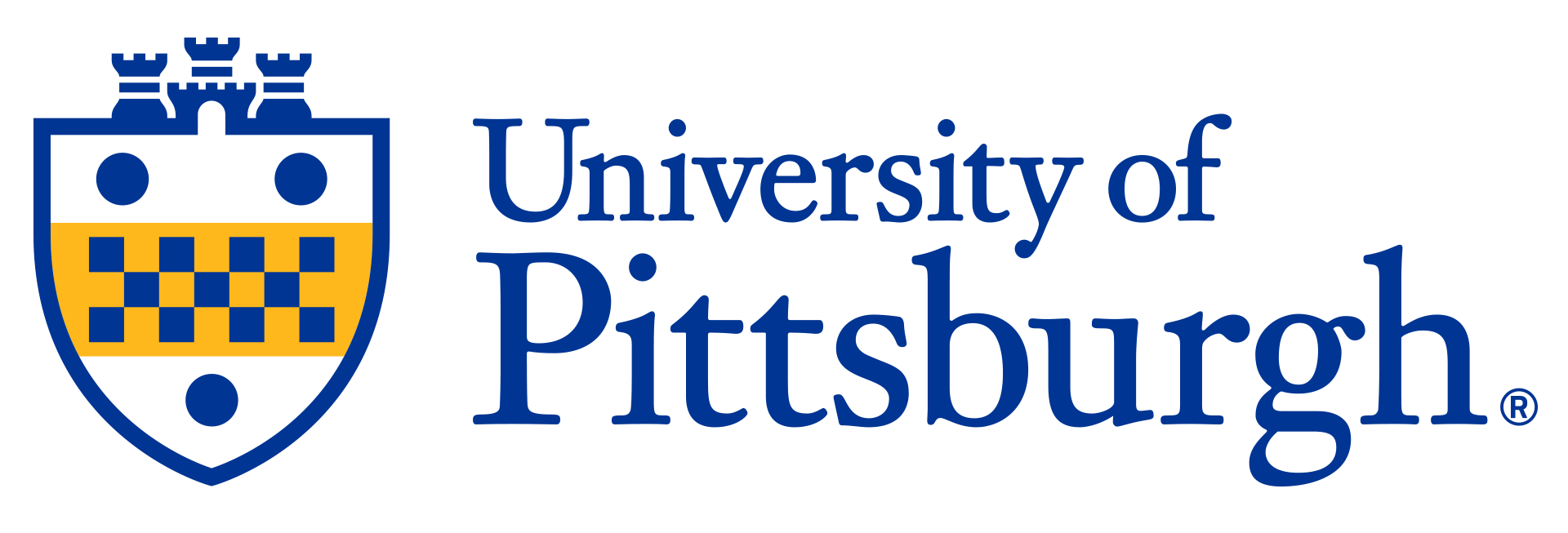

Method of Making Trabecular Bone in vitro
As advances in stem cell technology allow us to regenerate and repair some body tissues and organs, bone differentiation remains extremely inefficient. In particular, the ability to create trabecular bone—the porous bone found at the end of long bones, like the femur—has long evaded researchers. Differentiating and regenerating bone tissue from stem cells has a myriad of uses in bone implants for dental work, osteoporosis treatment, and more.
Description
Using mesenchymal stem cells from mice with a knockout of the chloride-hydrogen exchanger-3 (CLC3) gene, researchers were able to differentiate for osteoblasts in vitro and make trabecular bone with very high efficiency. This is the only cell line that has ever made substrate-independent trabecular bone in vitro, representing an exciting step on the path to efficiently differentiating and generating bone tissue for implants.Applications
• Making bone implants• Treating osteoporosis
• Bone grafting for injuries
• Dental surgery
Advantages
• Making bone implantInvention Readiness
In vitro dataIP Status
https://patents.google.com/patent/US11060060B2Related Publication(s)
Larrouture, Q. C., Nelson, D. J., Robinson, L. J., Liu, L., Tourkova, I., Schlesinger, P. H., & Blair, H. C. (2015). Chloride-hydrogen antiporters ClC-3 and ClC-5 drive osteoblast mineralization and regulate fine-structure bone patterning in vitro. Physiological Reports, 3(11), e12607. https://doi.org/10.14814/phy2.12607